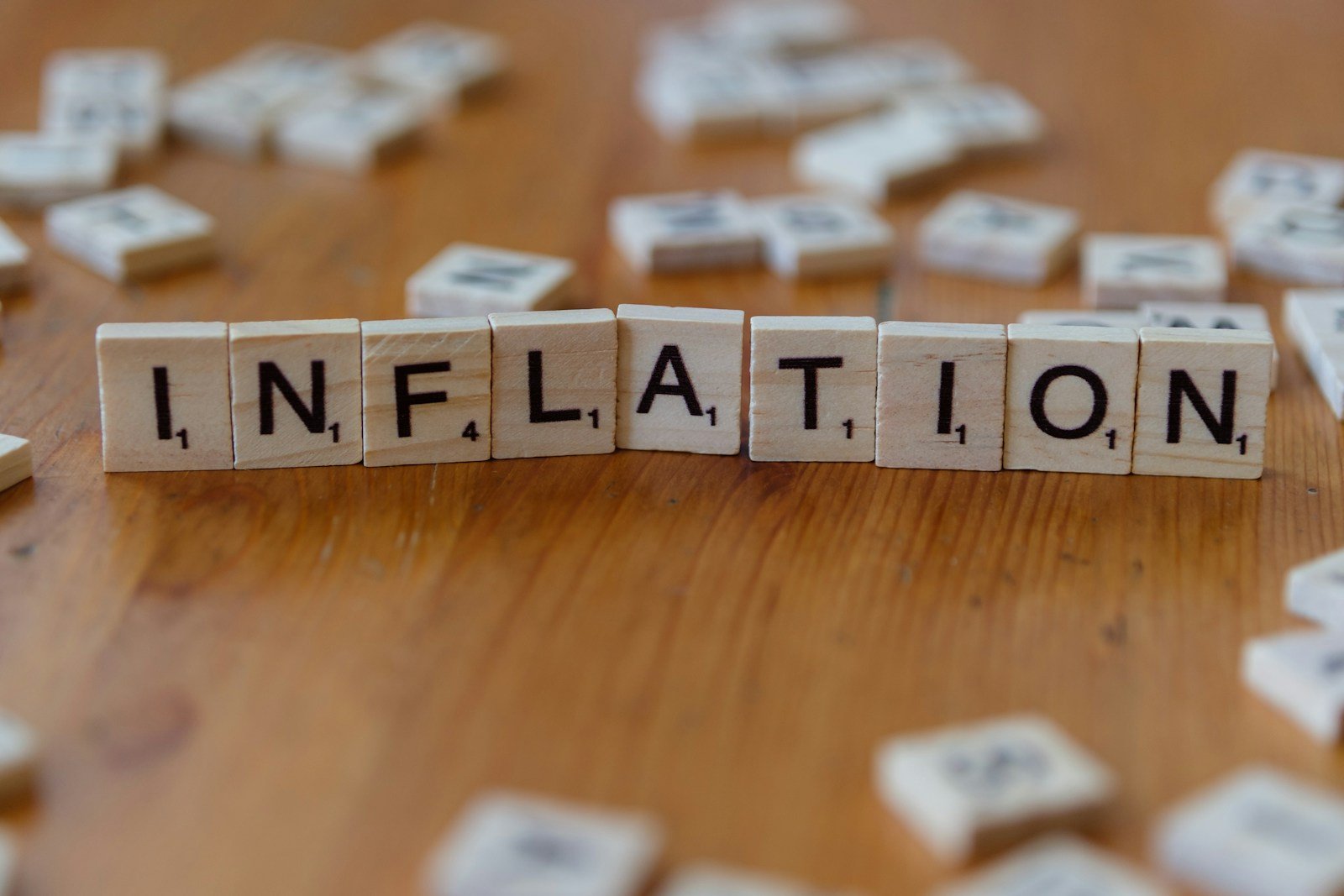Blogs
Inflationary Gap: Causes and Consequences
Understanding Inflationary Gap: Causes & Consequences

Understanding the inflationary gap is crucial for grasping the dynamics of an economy experiencing rapid growth. As inflation becomes a pressing concern worldwide, it’s essential to delve into the intricacies of this economic phenomenon.
Introduction to the Inflationary Gap Concept
The inflationary gap occurs when aggregate demand in an economy surpasses its aggregate supply at full employment levels, leading to upward pressure on prices. In simpler terms, it’s the difference between the actual level of GDP and the economy’s potential GDP when the actual GDP is higher. This gap indicates an overheated economy, where demand outstrips supply, causing inflationary pressures.
Understanding this concept is pivotal for economists and policymakers as it helps to identify when an economy is operating beyond its sustainable capacity. The inflationary gap can be visualized in the Keynesian economic model, where the aggregate demand curve shifts rightward, crossing the aggregate supply curve at a level beyond full employment. This intersection signifies excess demand, typically resulting in inflation.
Historical instances, such as the economic booms following World War II, illustrate how inflationary gaps arise. During these periods, increased consumer spending and government expenditures fueled significant demand, outpacing the supply, thus leading to inflation. This phenomenon remains relevant today, particularly in rapidly growing economies or in situations where stimulus measures boost demand.
Key Causes of an Inflationary Gap
Monetary policy can significantly contribute to an inflationary gap. When central banks maintain low-interest rates to encourage borrowing and spending, the resulting increase in aggregate demand can exceed the economy’s productive capacity, thereby creating inflationary pressures. Moreover, expansionary fiscal policies, characterized by increased government spending or tax cuts, can similarly boost demand beyond sustainable levels.
Another critical factor is consumer confidence. When consumers are optimistic about the future, they tend to spend more, thereby increasing aggregate demand. This heightened optimism can be driven by factors such as rising incomes, job security, and robust economic growth. However, if the supply side of the economy cannot meet this surge in demand, an inflationary gap can emerge.
Supply-side constraints also play a role. Situations like labor shortages, supply chain disruptions, or limitations in production capacity can hamper the supply of goods and services. When these constraints exist alongside strong demand, prices tend to rise, exacerbating the inflationary gap. For example, the COVID-19 pandemic highlighted how supply chain disruptions can contribute to inflationary pressures when demand remains strong.
Economic Indicators of Inflationary Gaps
Identifying an inflationary gap requires careful analysis of various economic indicators. One primary indicator is the Consumer Price Index (CPI), which measures the average change in prices over time for a basket of goods and services. A consistent rise in the CPI indicates increasing inflationary pressures and can signal an inflationary gap.
Another crucial indicator is the unemployment rate. In a typical inflationary gap scenario, the unemployment rate falls below the natural rate of unemployment, reflecting an economy operating beyond full employment. This situation often leads to wage pressures as businesses compete for scarce labor, further fueling inflation.
Gross Domestic Product (GDP) growth rates also provide insights into inflationary gaps. When GDP grows rapidly, surpassing the potential output of the economy, it can indicate an inflationary gap. This rapid growth often results from high consumer spending, government expenditures, or investment, all contributing to heightened demand that exceeds supply capabilities.
Consequences on National and Global Economies
An inflationary gap at the national level can lead to sustained inflation, eroding purchasing power and reducing the real value of money. As prices rise, consumers may struggle to afford basic goods and services, leading to a decrease in overall living standards. Businesses, facing higher input costs, may pass these costs onto consumers, further perpetuating inflation.
Globally, inflationary gaps can impact international trade. As domestic prices rise, exports may become less competitive, leading to a trade imbalance. Countries experiencing inflationary pressures may implement protective measures, such as tariffs, to shield their economies, potentially leading to trade tensions and affecting global economic stability.
Moreover, inflationary gaps can influence monetary policy decisions worldwide. Central banks may tighten monetary policy to curb inflation, which can have ripple effects across global financial markets. These actions can impact exchange rates, capital flows, and investment decisions, emphasizing the interconnectedness of national and global economies.
Strategies to Mitigate Inflationary Gaps
Policymakers have several tools at their disposal to address inflationary gaps. One effective strategy is tightening monetary policy by raising interest rates. Higher rates increase borrowing costs, thereby reducing consumer spending and business investment, which can help align aggregate demand with supply.
Fiscal policy adjustments can also play a crucial role. Governments might reduce spending or increase taxes to decrease aggregate demand. These measures can help cool down an overheated economy, reducing the inflationary pressures resulting from an inflationary gap. Carefully timed and targeted fiscal interventions are essential to avoid stifling economic growth.
Enhancing supply-side efficiency can also mitigate inflationary gaps. Investing in infrastructure, education, and technology can boost an economy’s productive capacity, allowing it to meet higher demand levels without triggering inflation. Additionally, addressing supply chain bottlenecks and labor market mismatches can help balance demand and supply more effectively.
Understanding the causes and consequences of inflationary gaps is vital for navigating the challenges of a dynamic economic landscape. By implementing strategic measures, economies can achieve sustainable growth while keeping inflation in check.
Conclusion
Inflationary gaps present complex challenges that require careful management. By comprehending their causes and potential impacts, policymakers can implement effective solutions. Through targeted monetary and fiscal policies, alongside supply-side enhancements, economies can navigate these gaps successfully, ensuring stability and growth.

-

 Resources4 years ago
Resources4 years agoWhy Companies Must Adopt Digital Documents
-

 Resources3 years ago
Resources3 years agoA Guide to Pickleball: The Latest, Greatest Sport You Might Not Know, But Should!
-

 Resources4 months ago
Resources4 months agoTOP 154 Niche Sites to Submit a Guest Post for Free in 2025
-

 Resources5 months ago
Resources5 months ago50 Best AI Free Tools in 2025 (Tried & Tested)
